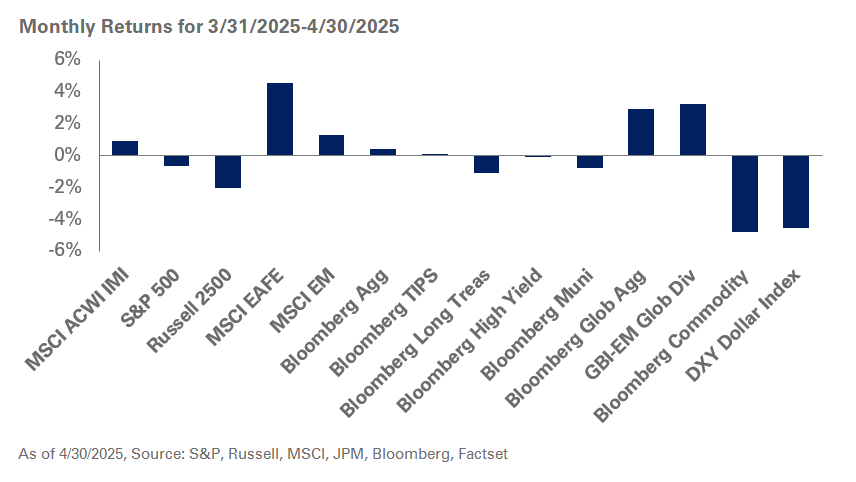The 10-year Treasury yield just breached 3%, a level not seen since 2014, as the Federal Reserve gradually raises rates. Also rising are the hopes of many corporate pension plan sponsors who are looking to lower liability values (and better funded status) that the higher rates will bring.
Unfortunately for corporate plan sponsors, rates don’t always move uniformly across the yield curve. In the first three months of 2018, we saw the 10-year Treasury rate increase by 34 basis points, while the 30-year Treasury rate increased by only 23 basis points. During the same period, pension liabilities are estimated to have fallen by 5.6%, according to the Citigroup Pension Liability Index, due to an increase in discount rates to 3.96% in the first quarter from 3.60% in the prior quarter.
While the central bank has driven up rates at the short end of the curve, longer-dated yields remain historically low (even after the recent rise). What we are seeing is a flattening of the yield curve as the Fed slowly tightens its monetary policy but subdued inflation expectations are curbing an increase in longer-dated maturities
This stickiness in interest rate levels is also bolstered by demand for Treasuries and high-quality corporate bonds, especially from corporate pensions seeking higher-yielding safe-haven assets. Additionally, other external factors, such as geopolitical concerns contribute to an ongoing bid for high-quality fixed-income assets.
At NEPC, we are moving our observations out to encompass a longer time frame. We expect there will be periods of time when rates will rise, especially long-term rates, only to fall again. Case in point: rates increased following the US presidential elections in 2016, only to reverse course through most of 2017. In our view, these episodes of higher rates provide corporate defined benefit plan sponsors windows of opportunity to de-risk along a glide path. Since this requires careful planning, we are working with our clients to ensure they are properly positioned to take advantage of these opportunities.
A robust governance structure, frequent monitoring, and a plan asset framework facilitating swift adjustments are keys to success in this market environment. A paper on managing glide paths in volatile times that explores these three tenets in greater detail is in the works.
Meanwhile, don’t hesitate to contact us if you have any questions.



